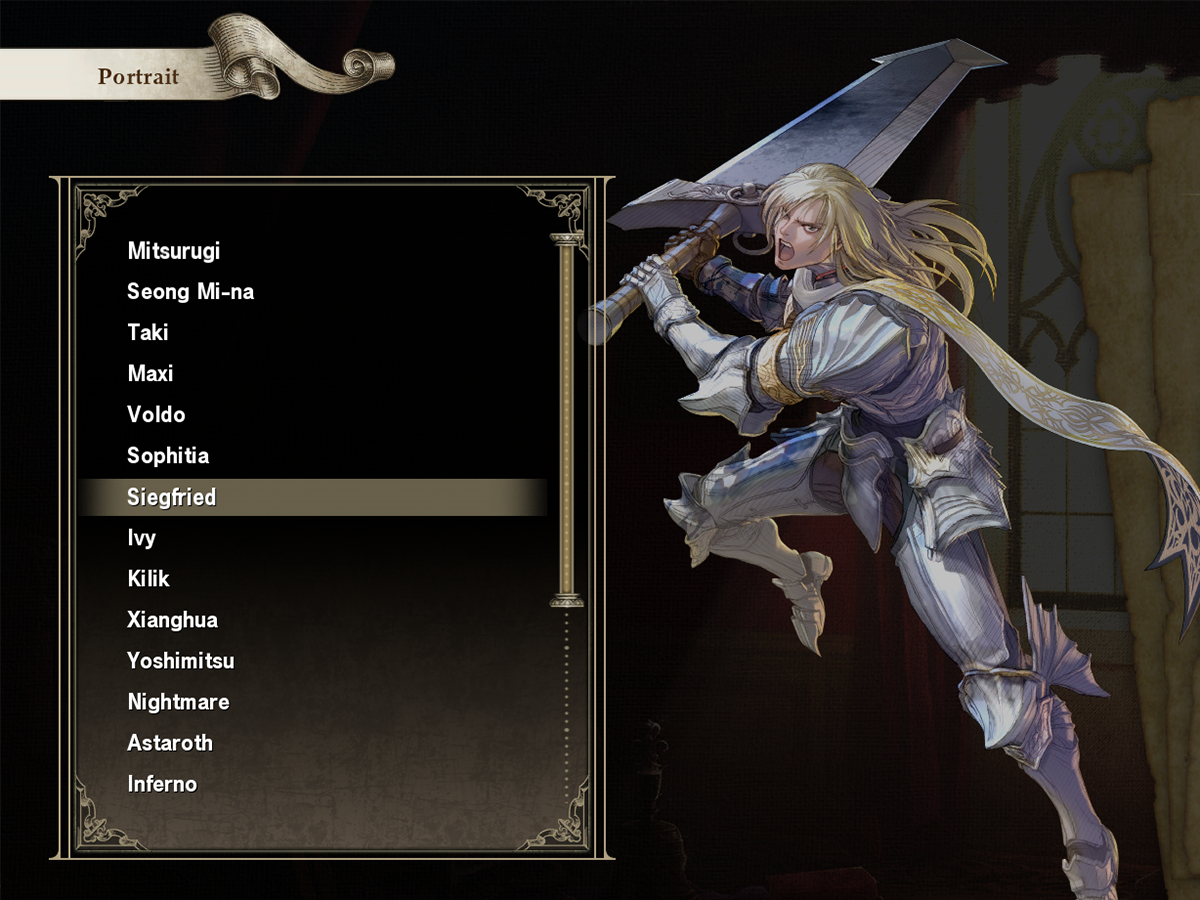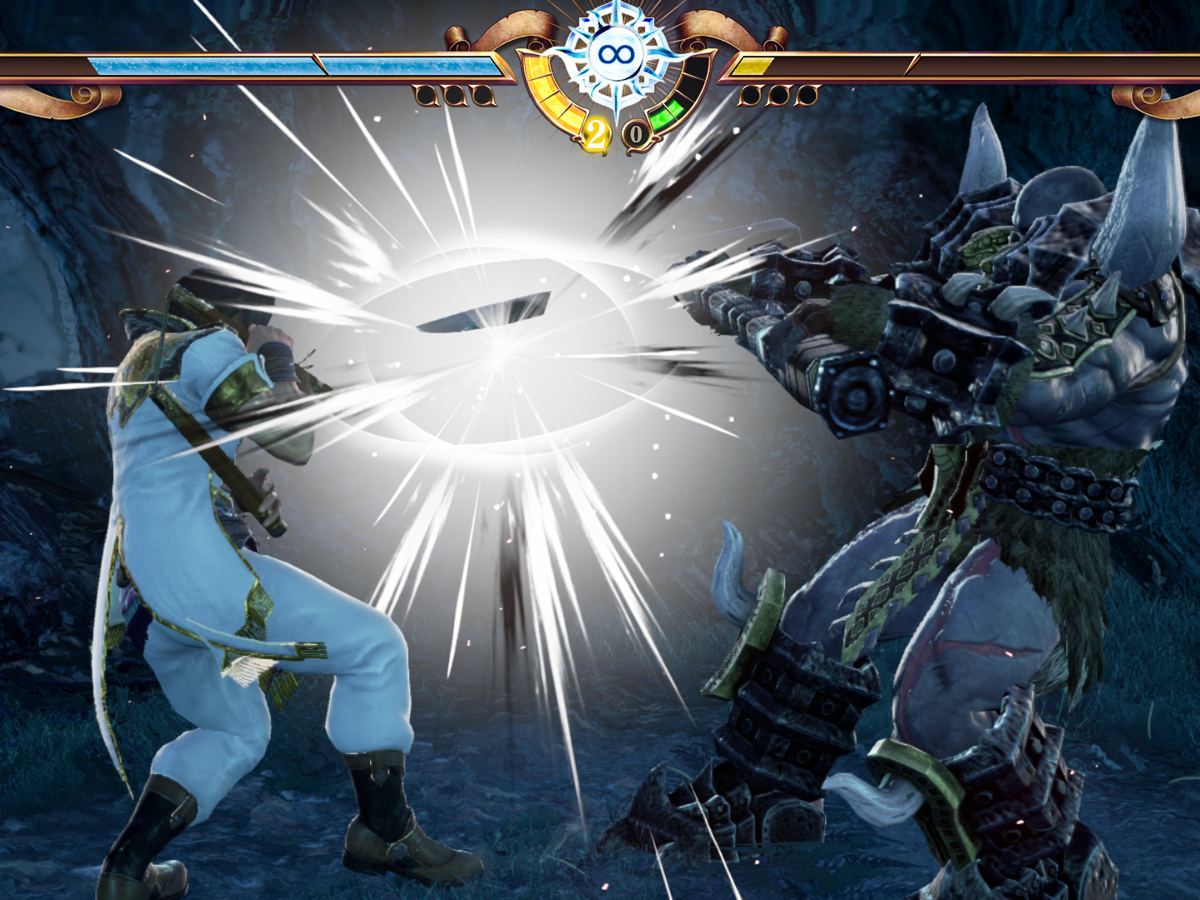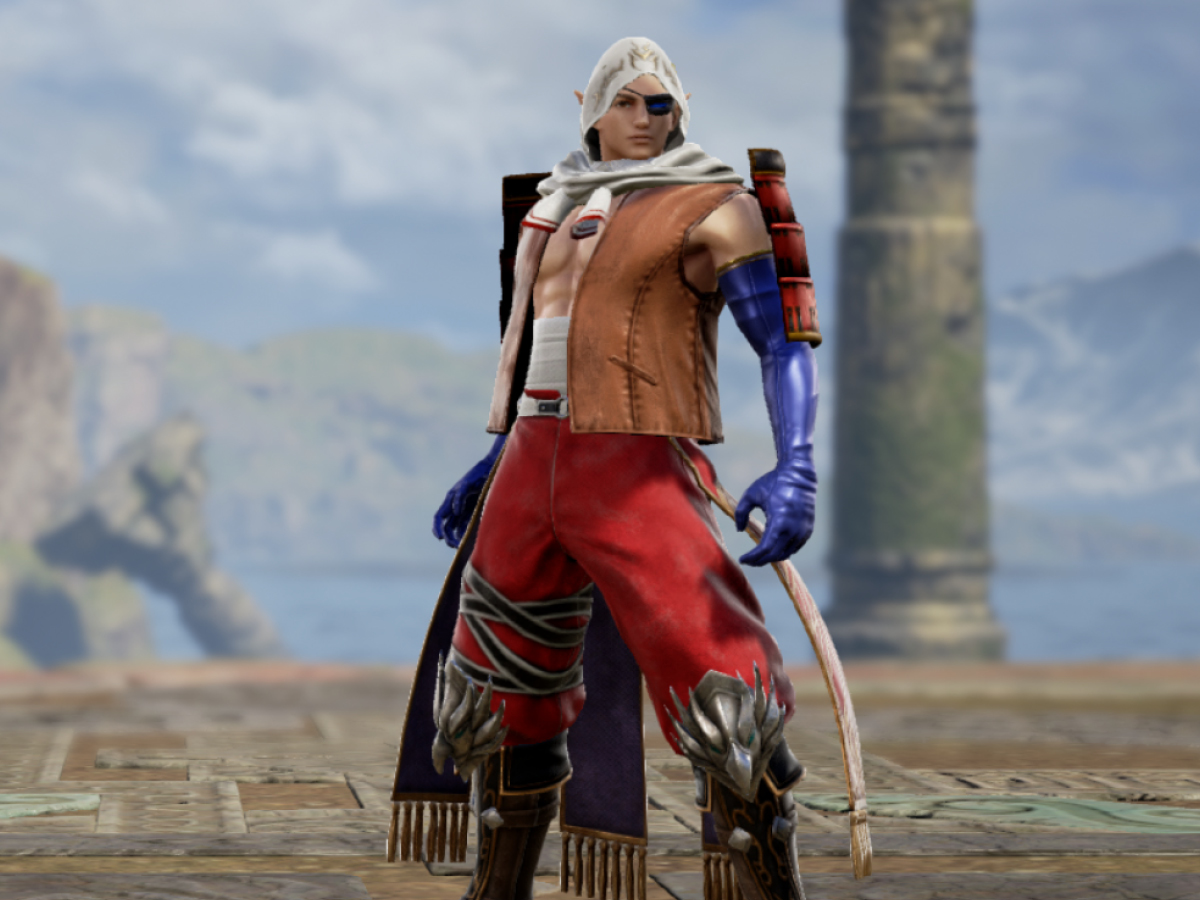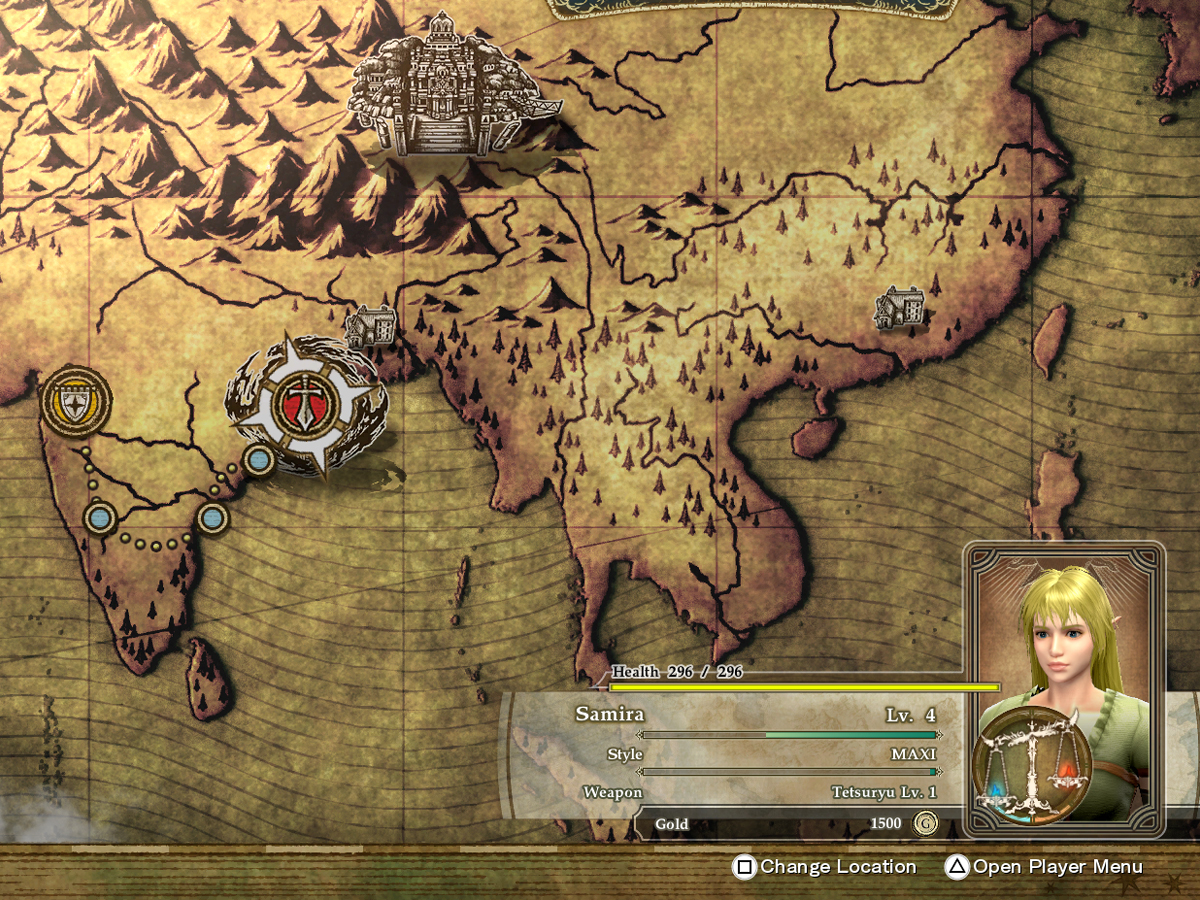Soulcalibur VI review
Time to sharpen your swords - Namco's weapons-based fighter is back, and ready to throw down
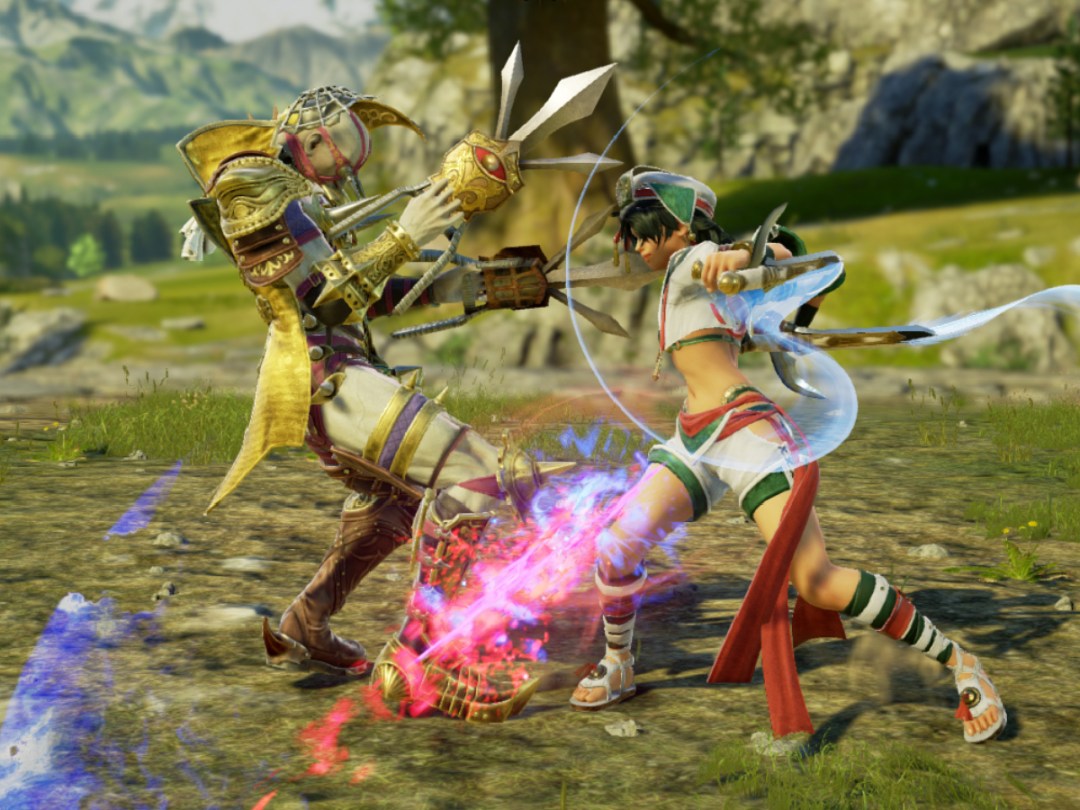
The weapon-wielding Soul Calibur series has existed in its own little corner of the fighting game genre ever since the original arrived on the Dreamcast in 1998 – a bit like that one kid at school who would spend every maths lesson stabbing his pencil case with a compass.
What started out as “Tekken with swords” gradually evolved into its own beast, far away from the super meters and flashy special moves of genre heroes like Street Fighter. One where learning timing, range and how to predict your opponent made every victory feel earned.
That’s fine for hardcore players looking to dedicate their lives to the way of the blade, but casual gamers were beginning to get left behind. It’s why the series has borrowed a few ideas from more mainstream fighters for its last few iterations, and this latest version is the most accessible Soul Calibur yet.
Does that also mean it has also lost some of its old-school charm along the way? Time to find out.
SHARPEN YOUR SWORDS
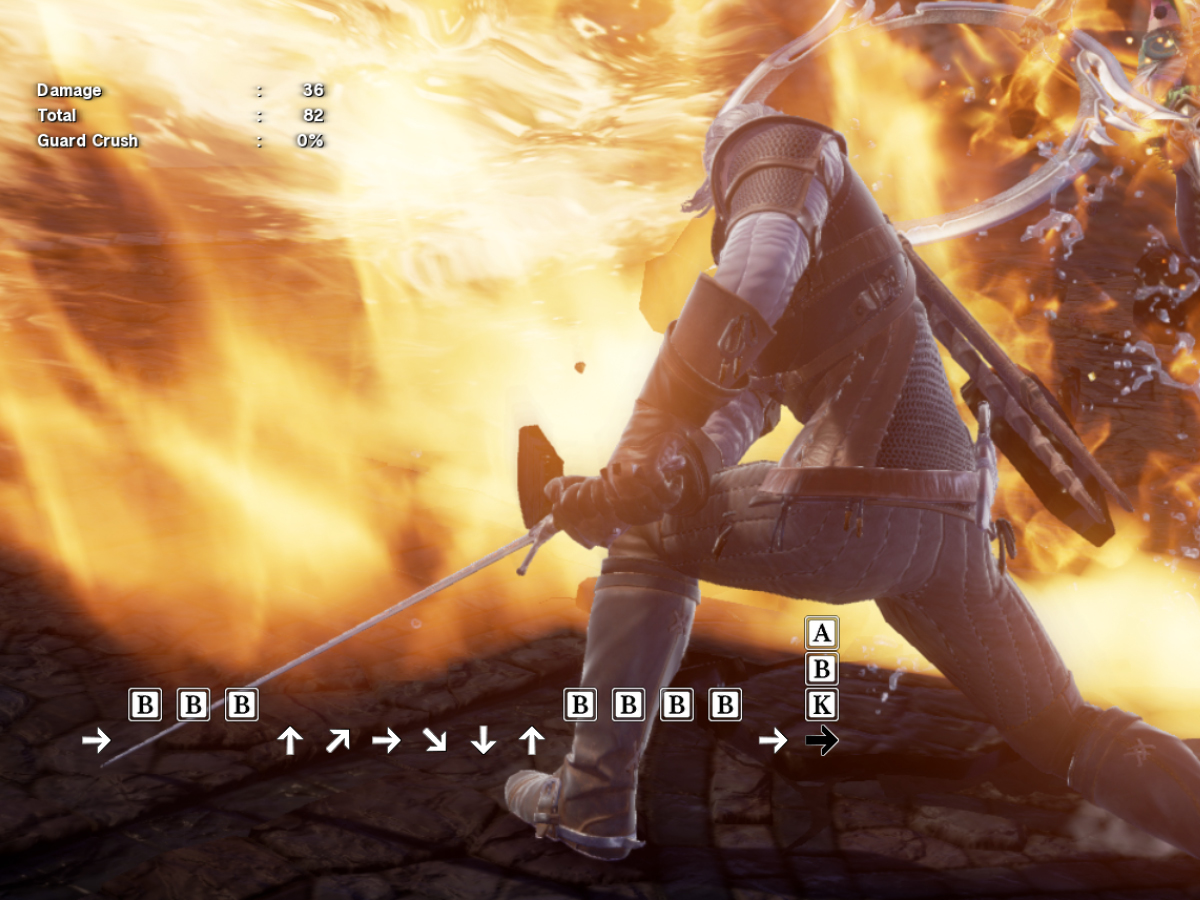
It might use two fewer buttons than your Street Fighters and Killer Instincts, but tricky directional inputs and system mechanics mean Soul Calibur is still plenty complex, thank you very much.
Series newcomers can get started with the four controller face buttons, which are assigned to light and heavy weapon attacks, kick and block. Combining two buttons adds throws, taunts and the new Reversal Edge attack to your arsenal, which counters an opponent’s hit with some flashy slo-mo. Shoulder buttons act as shortcuts for less dextrous types, but this isn’t a game that’ll leave you feeling hard done by for not owning an arcade stick.
Knowing when to block is even more important now, as many moves have guard break properties that’ll blow right through your defence. Mastering the switch between a regular block and Reversal Edge counter becomes a big part of gameplay, which means returning veterans still have something new to learn.
VI builds on a lot of the elements introduced in the last game, with Critical Edge special moves making a reappearance. Series purists might argue these are all too easy to pull off, just needing all three attack buttons to land some big damage, but in reality it just opens up the experience for non-hardcore players. They’re only guaranteed to hit in a combo, anyway – with a bit of practice, you can see ’em coming a mile off and sidestep to avoid them, leaving your opponent open to big damage.
The Soul Charge comeback mechanic also returns, giving your character some extra damage and new moves once you’ve filled your special gauge. You don’t even need to finish off your enemy if you can force them to the edge of a stage, either: Soul Calibur’s infamous ringouts return, letting you juggle an opponent to an instant KO.
Yes, you can get by with a bit of button mashing if you stick to single player, but this is a game that rewards precision. Learning a few of your chosen character’s bread-and-butter combos can quickly turn rounds in your favour when playing against human competition.
HAVEN’T I SEEN YOU SOMEWHERE BEFORE?
Speaking of characters, VI has a healthy roster to choose from. The developers had over two decades of games to draw from, and there’s not really a duffer in the bunch.
At launch, the cast is comprised of 21 fighters, including plenty of series stalwarts like freakish contortionist Voldo, demon pirate Cervantes, and Ivy, the chainsword-wielding dominatrix (don’t ask). The Tekken and Soul Calibur series also continue their timeshare ownership of Ninjitsu master Yoshimitsu.
Two new characters make their debuts here: Grøh is a fast attacker with a sword-sabre that can split in two for varied attacks, while Azwel is a tricky conjurer who can summon a range of weapons out of thin air.
It’s the guest appearance of the Witcher’s Geralt of Rivia that will make the biggest impact on anyone new to the series, which is no stranger to cameo appearances. Geralt feels every bit at fleshed out as the rest of the cast, and by all accounts is one of the stronger characters on the roster, so expect to see plenty of him if you venture online.
Everyone’s fighting style feels unique, with no overlaps or mirrored movesets. The character models are detailed, with perhaps a little too much attention being paid to the female cast members’ attire – deal enough damage and bits of your enemy’s outfit fall off between rounds. It’s not exactly graphic, but certainly more sexualised than other mainstream fighting games.
There’s a training mode to help you practice, and a series of written explainers detailing each character’s strengths and weaknesses, but no mission mode to test your combo execution – a big drawback for anyone looking to nail the basics before taking on human opponents.
Even once you get past this trial-and-error hurdle it’ll take a long time to master them all, and that’s before any extras show up as DLC.
Namco is planning to add four more characters as part of a season pass. The first, ringblade-wielding Tira, is unlockable right from day one, but it’s a bit lame having to pay extra right out of the gate. Hopefully the other additions will make the extra cost worth it.
TIME FOR A STORY OR TWO
Let’s be honest: most fighting games aren’t concerned with things so trivial as plot. "Everybody just wants to beat each other up" is usually good enough, right?
Recent brawlers like Mortal Kombat X have stepped things up in the story department but Soul Calibur VI doubles down with two entirely separate story modes, on top of your bog-standard, multi-fight arcade mode. That means there’s plenty of content for anyone not yet ready to dip a toe in the online modes.
The first mode is kind of a reboot, retreading the plot of the original PlayStation-era Soul Edge and expanding the lore around the eponymous sword. It’s also a good introduction to the character roster, forcing you to learn new movesets as you progress.
The second is more like a choose your own adventure book, where you create a custom character and move around a world map, picking fights and levelling up as you travel.
In both modes, pretty much everything is told through onscreen captions and hand-drawn backgrounds, with a few in-game cutscenes thrown in for good measure. There’s an awful lot of reading here, and it can be several minutes between fights, which can feel like a bit of a slog when you just want to crack some skulls. Load times are a bit lengthy, too, which only slows you down more.
It’s enjoyable, but perhaps a bit deep for anyone not familiar with the series lore. It takes itself just a bit too seriously, too – the writers were seemingly oblivious to the at times comically OTT dialogue.
PUTTING IN (NET)WORK
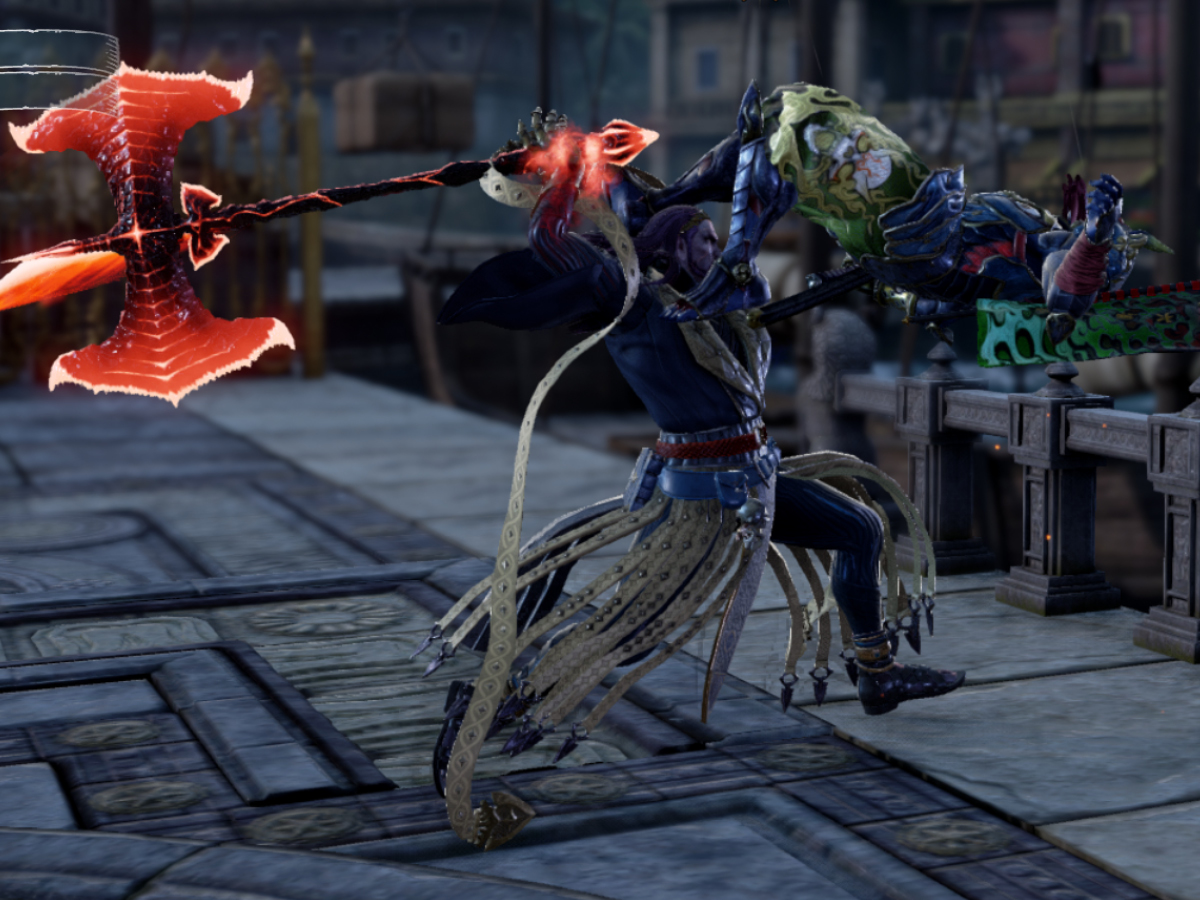
There’s a decent amount of replay value in the Libra of Souls mode, which rewards you with in-game currency that can be used to unlock new character customisation items, but dedicated fighting game fans will quickly take the fight online.
Soul Calibur VI uses a very similar network tech to Tekken 7, meaning the games we experienced during the online beta test were, for the most, part lag-free. Get a bad connection, though, and things dissolve into a bit of a lagfest.
At the time of writing, the full game’s servers hadn’t been activated, but based on prior experience with Namco’s fighters, it should be among the better examples of the genre when played over the internet.
SOUL CALIBUR VI VERDICT
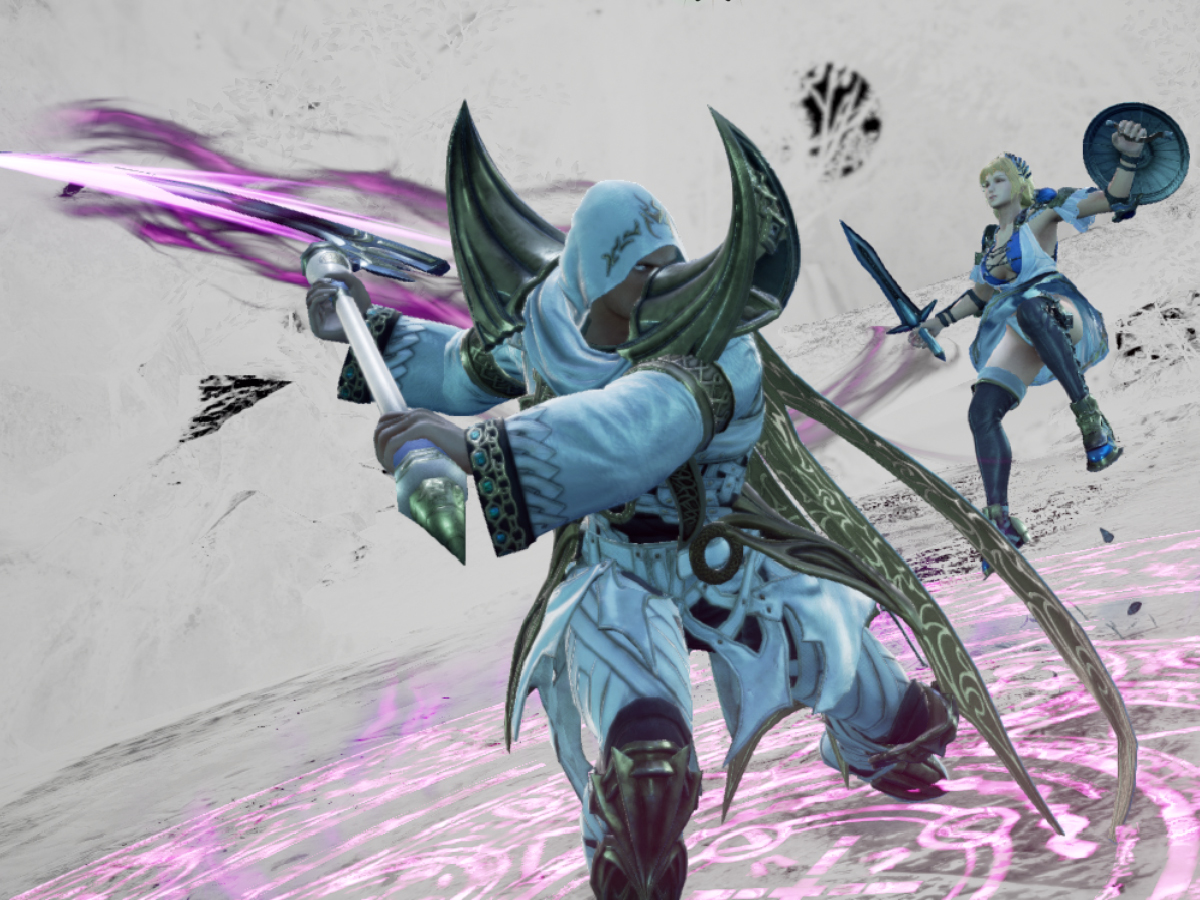
Making a fighting game that pleases all audiences was always going to be tricky. The hardcore fans want more characters and stable online modes, without dramatic gameplay changes. Casual players need to be shown the ropes, and single player gamers need offline content to keep them coming back – even if they only ever plan to take on the computer.
Soul Calibur VI does a respectable job of all of those things. New gameplay mechanics are relatively easy to pick up, but tricky to master. The roster has grown enough without becoming overwhelming. The two story modes will keep players busy for a long time, although it’s nowhere near as engaging as Injustice 2’s stellar campaign.
It could certainly do more to hold the hand of new players, though. This is something Capcom, Netherrealm and Arc System Works do brilliantly, but Namco seems happy to let gamers discover combos for themselves. So while the flashy new super moves might be easy to pull off, fitting them in around everything else can feel like hard work.
That means it’s only a must-buy for series fans eager to see the story universe expanded. For everyone else, it’s a decent arcade fighter, but one that demands a little too much of your time to get beyond the basics.
Stuff Says…
Not quite all things to all fighting game fans, but the layered combat system will please casuals and pros alike, and there’s plenty of content for single player gamers to get stuck into as well
Good Stuff
Two comprehensive story modes
Generous character roster
Accessible gameplay with plenty of depth for veterans
Bad Stuff
Online netcode not the best
Story can feel like a slog at times
Tutorials only basic, not all that helpful
Day one DLC characters? Not cool
